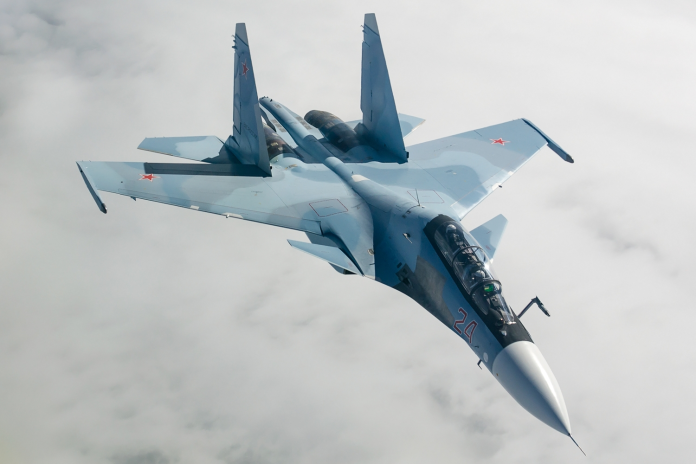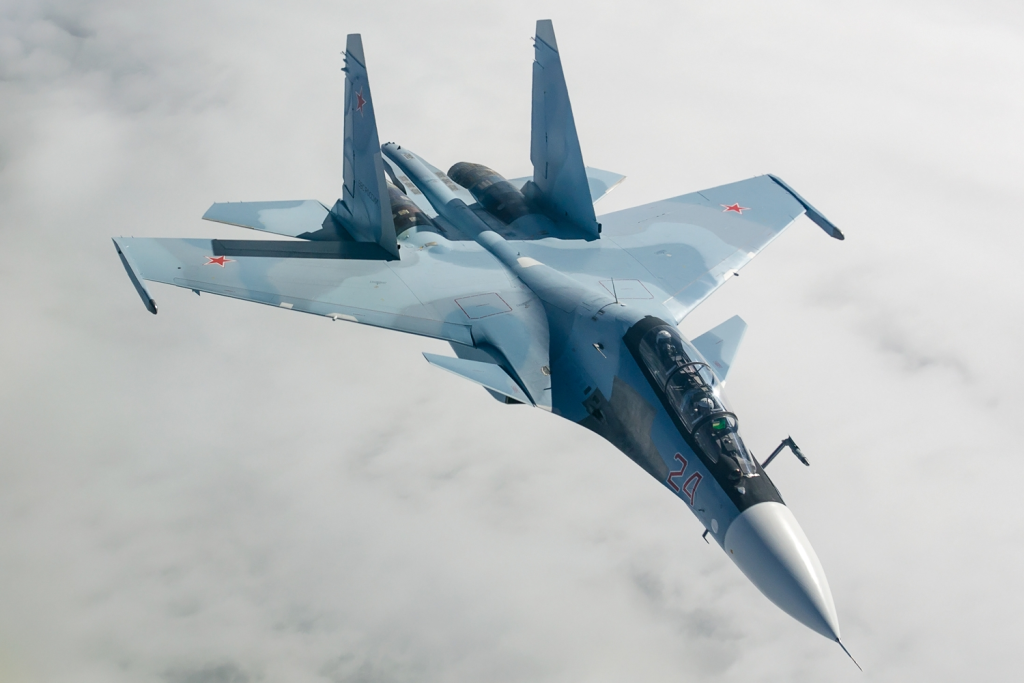
The unexplained disappearance on August 14, 2025, of a Russian Su-30SM off Snake Island southeastwards added another chapter to the wear and tear of one of Moscow’s finest multirole jets. The Ukrainian naval intelligence intercepted radio communications that indicated the aircraft lost contact with the mission, and Russian search-and-rescue operations were launched. Debris was seen floating on the surface of the ocean, but the pilots remained missing. The reason is still not known, but the loss is already resonating far beyond the crash site.
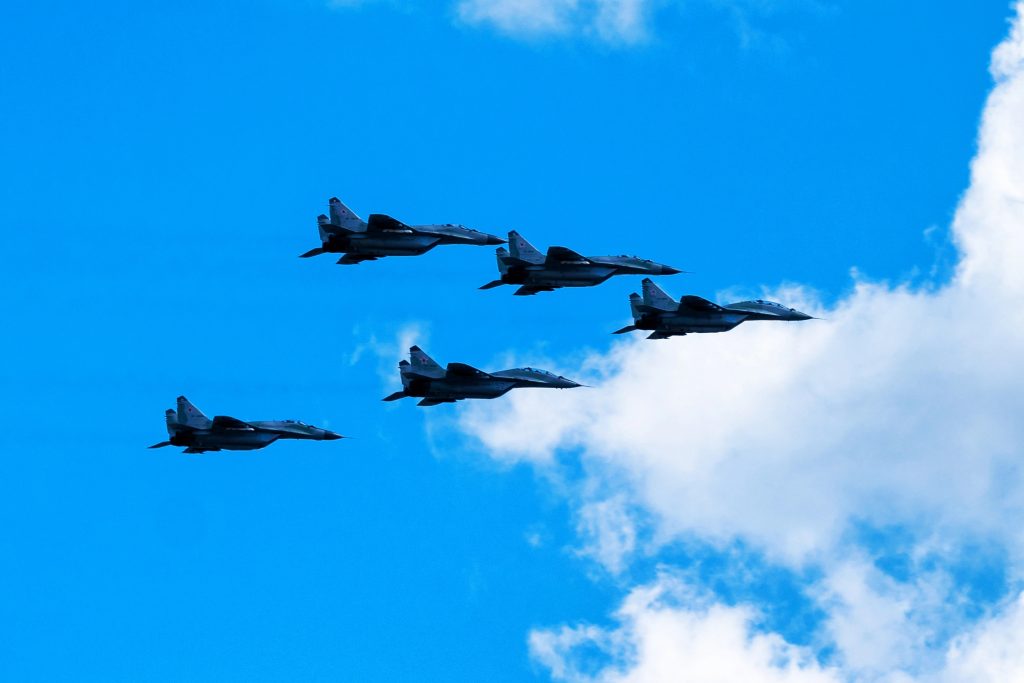
1. The Su-30SM: High-Value Asset Under Pressure
The Su-30SM is a twin-engine, two-seat 4th-generation fighter with precision-strike, air-superiority, long-range patrol, and command-and-control functions. Each of them is worth between $35 million and $50 million, so losing each is a substantial cost for Russia’s combat aviation holdings. Its capabilities are derived from advanced avionics, thrust-vectoring engines, and a robust radar set that enables it to engage multiple air and ground targets at the same time.
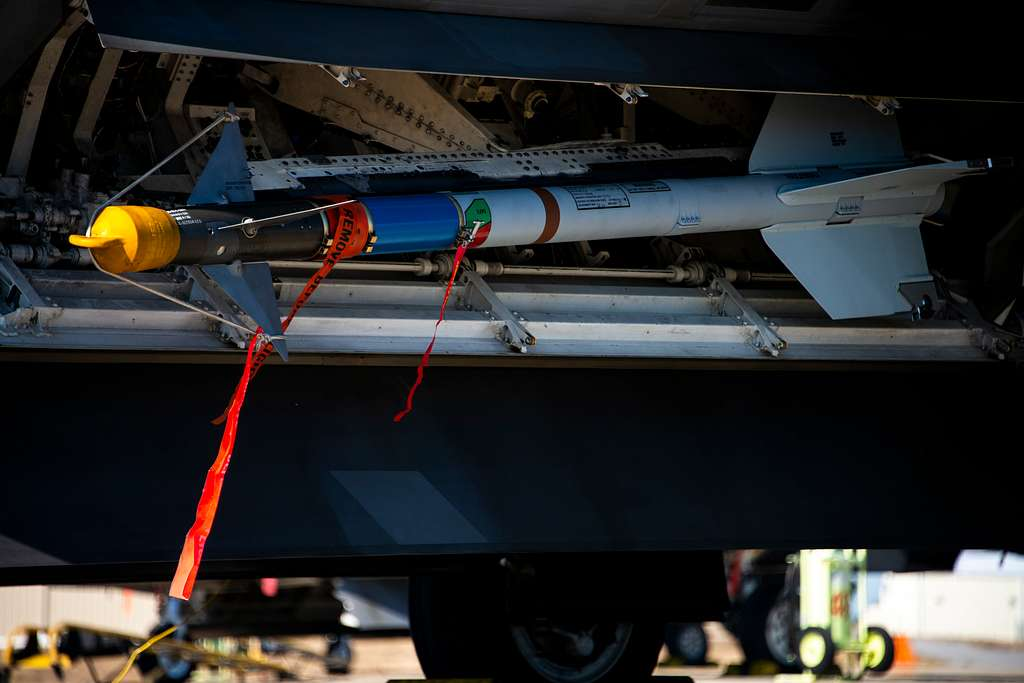
2. High Losses of the 43rd Naval Assault Air Regiment
The downed aircraft belonged to the 43rd Independent Naval Assault Air Regiment, which is based on Saki airfield in Crimea. The regiment began the war with 12 Su-30SMs to date, it has lost seven. Losses have occurred due to shootdowns, sabotage, and attacks on airbases including three Su-30SMs lost in the August 2022 Saky airfield blasts and the historic May 2025 shooting down of a Su-30SM by an AIM-9 missile launched from a Ukrainian naval drone.
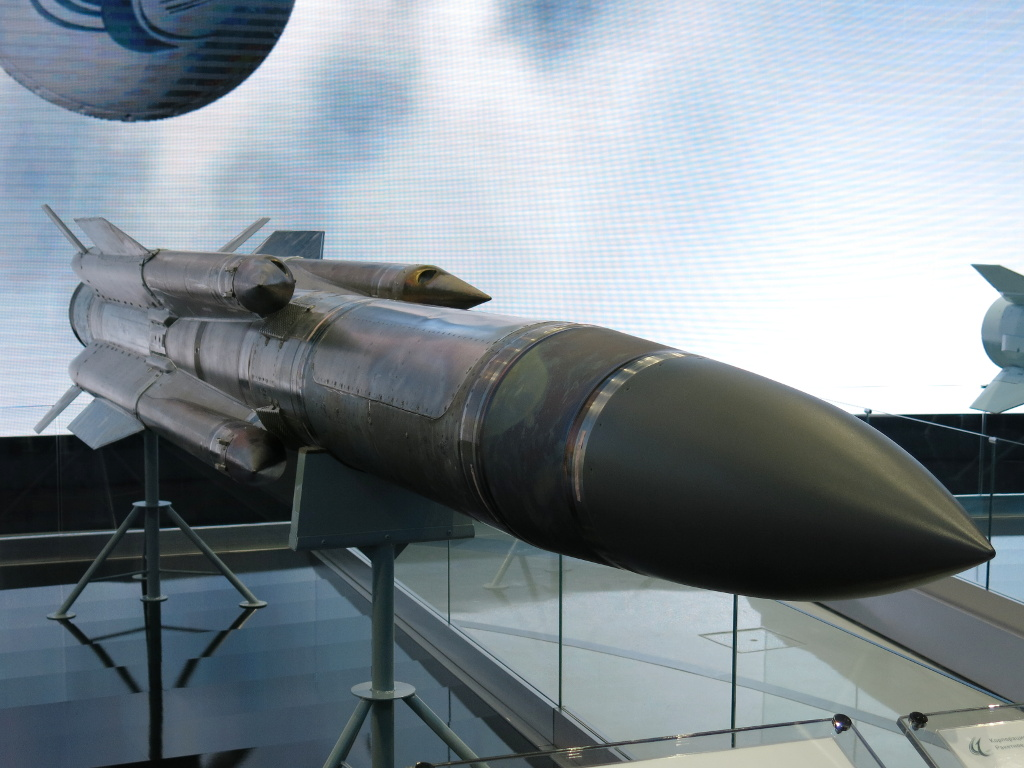
3. Combat Role and Armament
The Su-30SM has been leading Russia’s Suppression of Enemy Air Defenses (SEAD) missions, usually launching Kh-31P and Kh-58 anti-radiation missiles at Ukrainian SAM radar positions. The Kh-58, which has a radius of action of as much as 250 km in its newest upgrades, uses a passive radar seeker to home on hostile emissions, while the Kh-31PD, Russian pilots’ affectionate nickname for “Supersonic Death,” cruises at 1,000 m/s, making interception extremely doubtful. The two are designed to blind air defenses, opening the door to follow-on attacks.
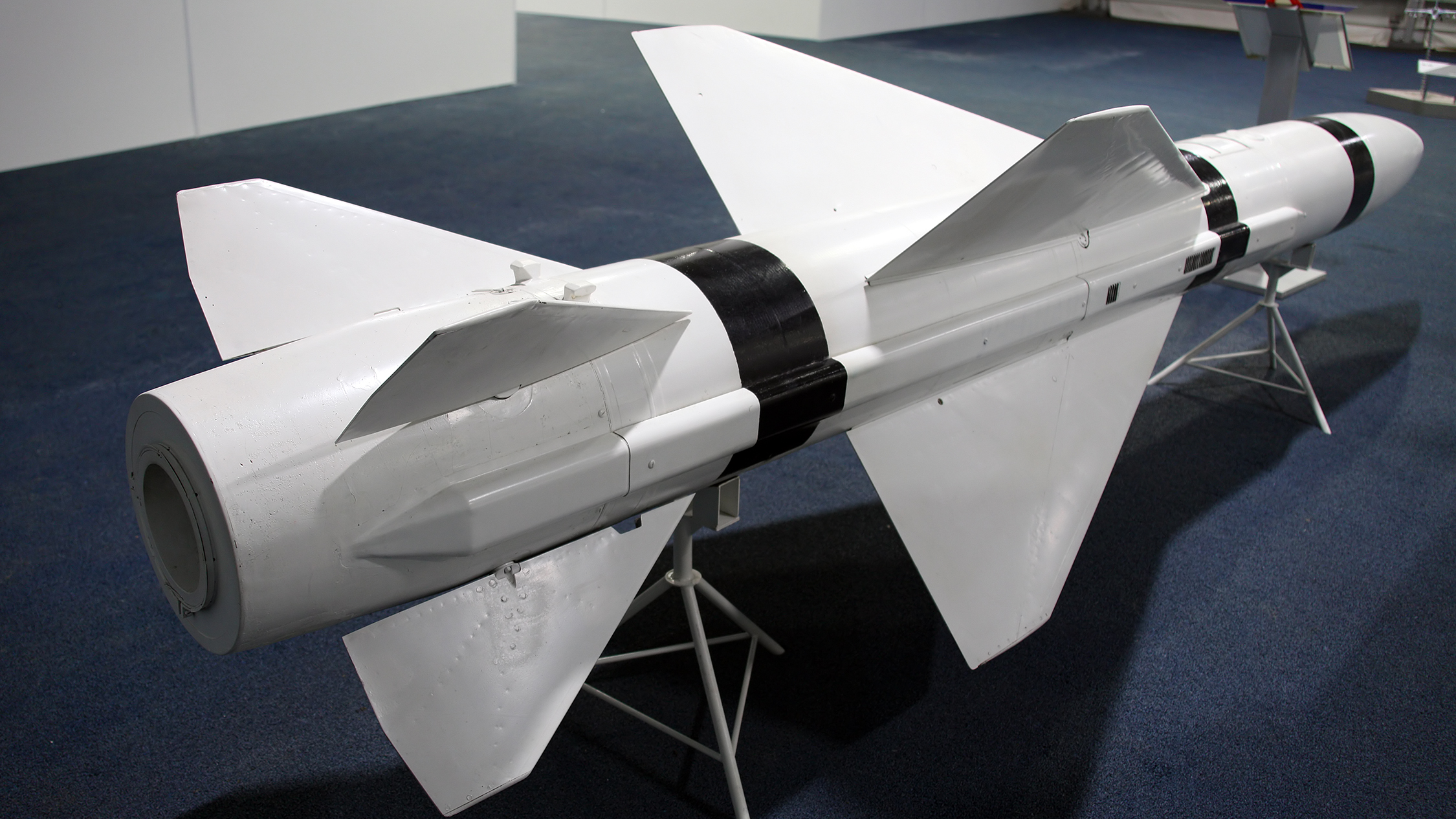
4. The Engineering Behind the Kh-58
Developed during the Cold War era, the Kh-58 employs a solid-fuel rocket motor, a 149 kg high-explosive fragmentation warhead, and an inertial guidance system combined with a passive radar seeker. Its range depends on launch altitude from 36 km low level to 160 km at 15,000 meters. Improved versions like the Kh-58UShKE feature folding fins to be carried internally in stealth aircraft and counter-countermeasures electronics to resist jamming.

5. Ukraine’s Countermeasures and Tactical Adjustment
Ukraine’s mobility SAMs have forced Russian aircraft to fly low or out of Ukrainian airspace since March 2022. To evade Kh-31 and Kh-58 missiles, Ukrainian crews employ “shoot and scoot” tactics to briefly turn on radars to shoot, and get out of range before anti-radiation missiles can hit. The presence of American-funded AGM-88 HARM missiles has allowed Ukrainian pilots to return fire, and the AGM-88E missile can recall radar coordinates even if the emitter has been shut off.

6. Snake Island’s Strategic Gravity
Even though its size is a mere 0.17 square kilometers, Snake Island controls northwestern Black Sea and air routes. Controlling this outpost provides the occupant vigilance, missile power, and shipping route interdiction. Russia’s initial capture and June 2022 withdrawal both helped to highlight its strategic importance. Recent loss of a Su-30SM off the island is a warning of the ongoing instability in the region and the use of the area as a testing ground for new air-sea combat techniques.
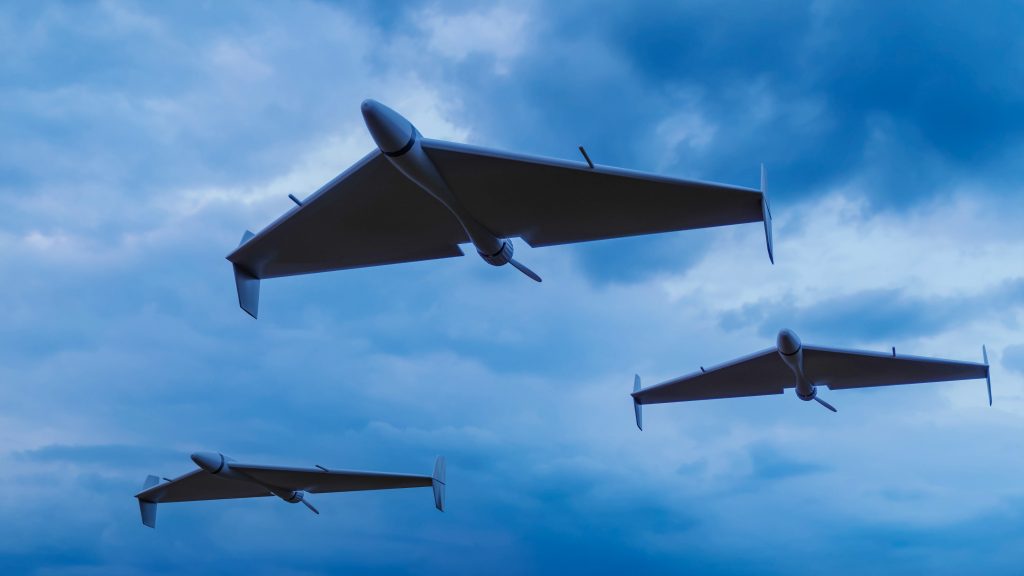
7. The Broader Airpower Balance
The attrition of the Su-30SM is part of a broader fight for air superiority. Moscow’s failure to suppress Ukraine’s distributed, mobile air defense systems has barred it from running medium-altitude bombing campaigns like those in Syria. Without air superiority, the VKS must resort to costly cruise missile barrages and loitering munitions such as the Shahed-136 to attack strategic targets. For Ukraine, each Russian fighter lost not only decreases near-term threats but also diminishes Moscow’s long-term ability to project power across the Black Sea.
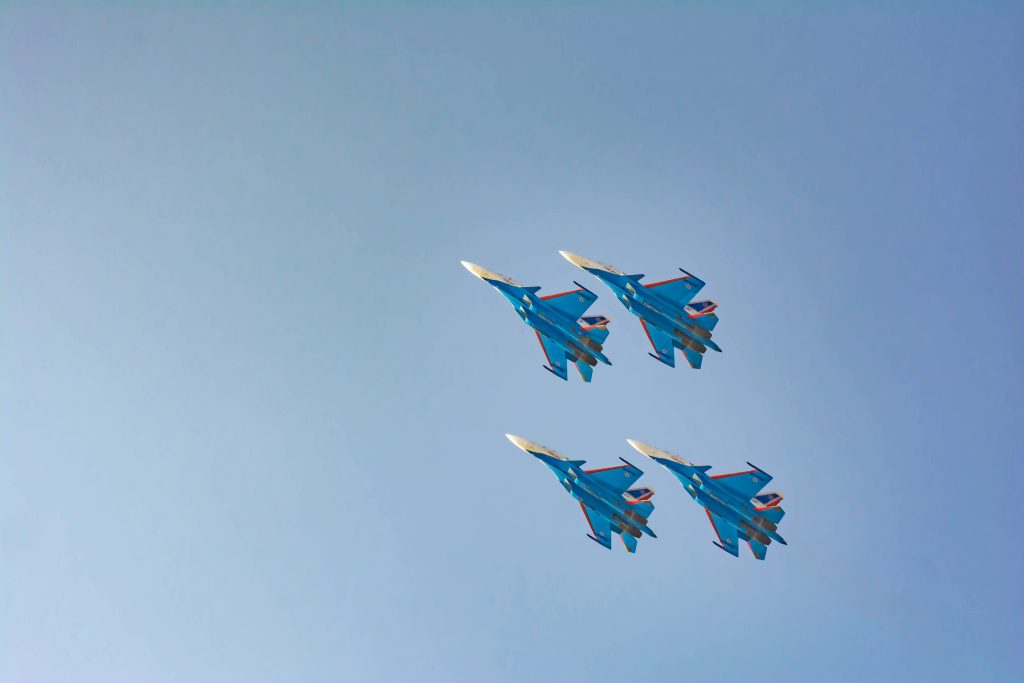
8. Vulnerability Building and Restocking with Force
Russia’s attempts to build hardened aircraft shelters on the Ukrainian frontier indicate recognition of weaknesses exposed by guided missile and drone strikes. Replacing lost Su-30SMs is not, however, simple production is thwarted by sanctions, supply chain loss, and the challenge of creating advanced avionics and engines. Each loss thus contributes to operational tension, especially among specialist naval aviation regiments like the 43rd Regiment.
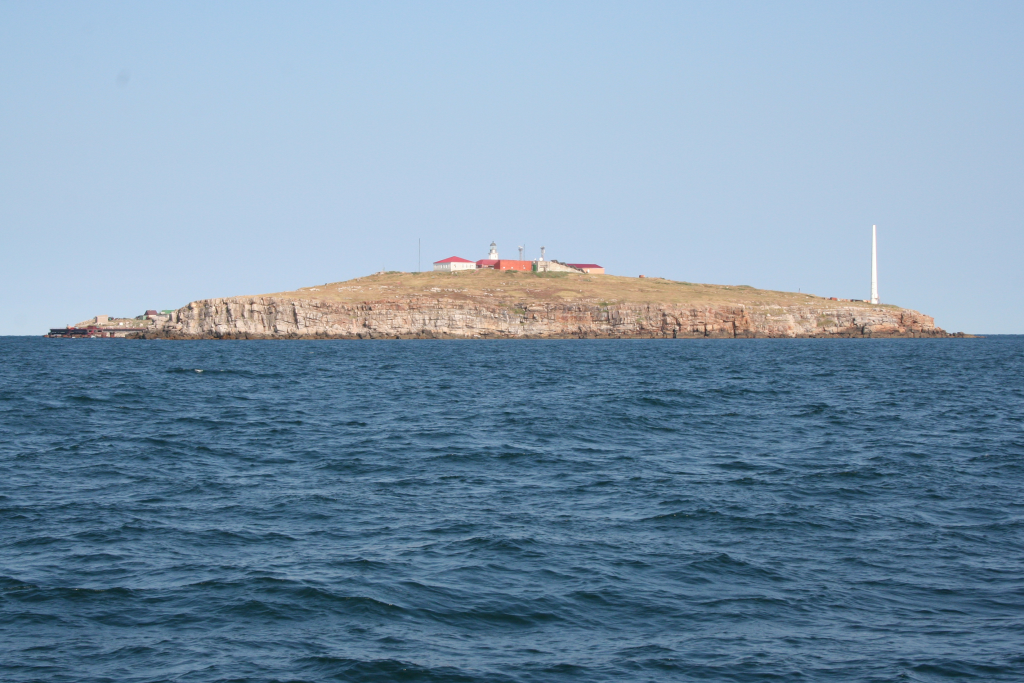
While Russian forces continue search operations southeast of Snake Island, the incident is both a strategic blunder and a case study on the interplay between cutting-edge fighter design, missile technology, and responsive air defense in a contested sea environment.
